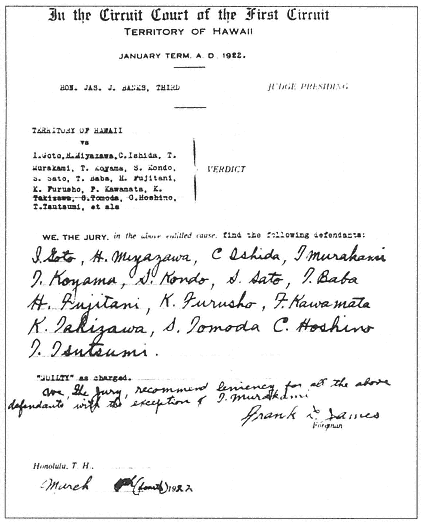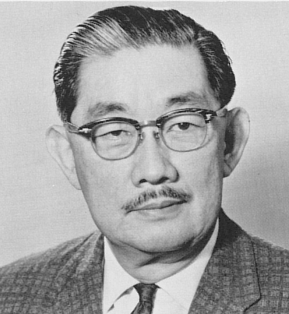Sometimes, it is easy to overlook the context of events that took place in the past. We also sometimes judge them in today’s frame of reference. This stuff happened 200-years ago.
To set a foundation, we are reminded that in 1782 Kamehameha began a war of conquest, and, by 1795, he subdued all other chiefdoms, with the exception of Kauai. King Kamehameha I launched two invasion attempts on Kauai (1796 and 1804;) both failed.
In 1804, King Kamehameha I moved his capital from Lāhainā, Maui to Honolulu, O‘ahu.
In the face of the threat of a further invasion, in 1810, Kaumuali‘i decided to peacefully unite with Kamehameha and ceded Kauai and Ni‘ihau to Kamehameha and the Hawaiian Islands were unified under a single leader.
On May 8, 1819, King Kamehameha I died.
Following the death of Kamehameha I in 1819, his son, Liholiho (King Kamehameha II) declared an end to the kapu system. “An extraordinary event marked the period of Liholiho’s rule, in the breaking down of the ancient tabus, the doing away with the power of the kahunas to declare tabus and to offer sacrifices, and the abolition of the tabu which forbade eating with women (ʻai noa, or free eating.)” (Kamakau)
“The custom of the tabu upon free eating was kept up because in old days it was believed that the ruler who did not proclaim the tabu had not long to rule….”
“The tabu eating was a fixed law for chiefs and commoners, not because they would die by eating tabu things, but in order to keep a distinction between things permissible to all people and those dedicated to the gods”. (Kamakau)
Kekuaokalani, Liholiho’s cousin, opposed the abolition of the kapu system and assumed the responsibility of leading those who opposed its abolition.
Kekuaokalani (who was given Kūkaʻilimoku (the war god) before his death) demanded that Liholiho withdraw his edict on abolition of the kapu system. (If the kapu fell, the war god would lose its potency.) (Daws)
The two powerful cousins engaged at the battle of Kuamoʻo; Liholiho’s forces defeated Kekuaokalani.
In the discussion above, we reference traditional Hawaiian people, places and practices. What we tend to overlook is that these events happened 40-years after ‘Contact’ (1778) and took place with white and other foreigners living among the Hawaiians.
We shouldn’t overlook that Western ways were well underway, with aliʻi leading the changes. Let’s look.
At the time of Cook’s arrival (1778-1779,) the Hawaiian Islands were divided into four kingdoms: (1) the island of Hawaiʻi under the rule of Kalaniʻōpuʻu, who also had possession of the Hāna district of east Maui; (2) Maui (except the Hāna district,) Molokai, Lanai and Kahoʻolawe, ruled by Kahekili; (3) Oʻahu, under the rule of Kahahana; and at (4) Kauai and Niʻihau, Kamakahelei was ruler.
In 1790 (at the same time that George Washington was serving as the first US president,) the island of Hawaiʻi was under multiple rule; Kamehameha (ruler of Kohala, Kona and Hāmākua regions) successfully invaded Maui, Lanai and Molokai.
In fact, western arms and fighting techniques helped put Kamehameha into his leadership role.
Because of their knowledge of European warfare, John Young and Isaac Davis trained Kamehameha and his men in the use of muskets and cannons. In addition, both Young and Davis fought alongside Kamehameha in his many battles.
In addition to arms, Kamehameha also had Western boats, replacing the traditional canoes. The first Western-style vessel built in the Islands was the Beretane (1793.)
Through the aid of Captain George Vancouver’s mechanics, after launching, it was used in the naval combat with Kahekili’s war canoes off the Kohala coast. (Thrum)
Encouraged by the success of this new type of vessel, doubtless others were built between this period and the opening of the present century. One was a schooner called Tamana (named after Kamehameha’s favorite wife, Kaʻahumanu.) (Thrum, 1886)
Several small decked vessels were built. (Case) According to Cleveland’s account, Kamehameha possessed at that time twenty small vessels of from twenty to forty tons burden, some even copper-bottomed. (Alexander)
Trade in Hawaiian sandalwood began as early as the 1790s; by 1805 it had become an important export item. In 1811, an agreement between Boston ship captains and Kamehameha I established a monopoly on sandalwood exports, with Kamehameha receiving 25% of the profits.
As trade and shipping brought Hawaiʻi into contact with a wider world, it also enabled the acquisition of Western goods, including arms and ammunition.
Western clothes were catching on, as well. In 1809, Russian sailors noted that the Hawaiians had been bartering woolen cloth, blue and red thread and canvas in exchange for food stuffs from Kamehameha in exchange. They used the cloth to make malo and pāʻu. (Barratt)
In 1819, when Louis de Freycinet sailed in on the ship Uranie, Mde. Rose de Saulces de Freycinet, the captain’s wife, described Kalanimōkū (a High Chief who functioned similar to a Prime Minister) as “going on board dressed in loin cloth and a European shirt, more dirty than clean.” (Del Piano)
“It was not cloth as much as finished … clothing, however, that the Hawaiians valued. The aliʻi prized dress uniforms. Other Islanders took any sort of clothing. As time passed, Hawaiians built up larger wardrobes and no longer thought themselves well dressed if they were clad in one or two haole garments.”
“The higher a Hawaiian’s rank, the more likely it was that he or she would wear imported haole clothes on ceremonial occasions. Namahana, Kamāmalu and Kaʻahumanu, among other high-born women, had a number of volumimous velvet and satin dresses by the early-1820s.” (Barratt)
Western customs had also caught on.
When the Pioneer Company of Protestant missionaries first arrived at Kawaihae (March 30, 1820,) “Kalanimōkū was the first person of distinction that came. In dress and manner he appeared with the dignity of a man of culture.” Obviously familiar with western customs, the chief gallantly bowed and shook the hands of the ladies. (Del Piano)
In 1820, Hiram Bingham noted, “(Kalanimōkū’s) appearance was much more interesting than we expected. His dress was a neat dimity jacket, black silk vest, mankin pantaloons, white cotton stockings, and shoes, plaid cravat and a neat English hat. He sometimes however wears the native dress.” (Thaddeus Journal, April 1, 1820)
“Kalanimōku was distinguished from almost the whole nation, by being decently clad. His dress, put on for the occasion, consisted of a white dimity roundabout, a black silk vest, yellow Nankeen pants, shoes, and white cotton hose, plaid cravat, and fur hat.” (Hiram Bingham)
“We honored the king, but we loved the cultivated manhood of Kalanimōku. He was the only individual Hawaiian that appeared before us with a full civilized dress.” (Lucy Thurston)
By 1823, Queen Mother Keōpūolani (mother of Kamehameha II and III) began to accept many western ways. She wore western clothes, she introduced western furniture into her house and she took instruction in Christianity.
It’s interesting (at least to me) to consider the context of the actions in 1819 with the abolition of the kapu. When you look at it strictly from the Hawaiian people, places and practices, it’s one thing; however, when you look at what was also going on in the Islands at the same time, it puts a whole new perspective on it.
Captain Cook estimated the population at 400,000 in 1778. When Vancouver, who had been with Cook, returned in 1792, he was shocked at the evidences of depopulation, and when the missionaries arrived in 1820, the population did not exceed 150,000. (The Friend, December 1902)
The image shows Kamehameha I in Western wear in 1817; at the time, he was still enforcing the centuries-old kapu system. (Drawn by Choris)


















